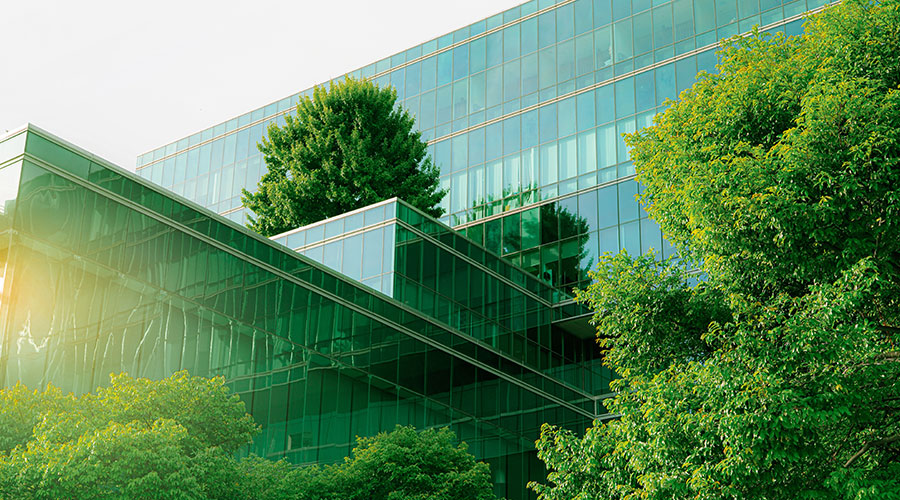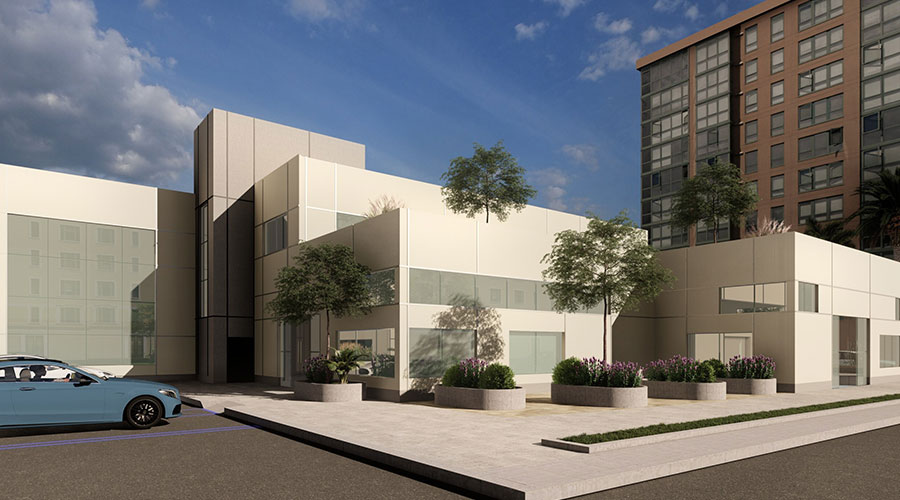To be successful, healthcare facility design must be sensitive to the needs of its patients. These include cultural and social needs. In a Healthcare Design article, four designers talk about projects done abroad. While they were hired to bring a western touch, their designs still had to address the needs of the local physical and cultural landscape. The results might be interesting food for thought even for domestic projects.
Whereas in the United States open views and open interiors are valued, in other parts of the world more enclosed spaces are prized. In some cases this is driven by a desire for privacy. A project in Saudi Arabia used high-back chairs in public areas where people would congregate to offer individual privacy. In Abu Dhabi, patient rooms were planned with inboard bathrooms and a vestibule entryway, to guard patient privacy.
How the outdoors interplays with facility interiors also varies by country and culture. Due to the brightness and heat of the desert, in Saudi Arabia windows and their placement must be carefully considered and limited in number. To contrast with the exterior environment, interiors are preferred in darker jewel tones. However, in China there is a government requirement for patient exposure to daylight and access to the outdoors is valued. In a senior-living community project all residents have access to a working garden and a sunroom.
The role that family plays in patient care is also more keenly felt and accommodated in projects abroad. In Japan, a 400-bed acute care medical center has a whole host of services on its 50-acre campus to support a community approach to healthcare. The hospital is open 24/7 to family and friends and the campus includes a nursing school, beauty shop, pet hotel, dry cleaner, aromatherapy center, restaurants and staff housing. The hospital itself has five dining facilities. Food and community is privileged at other projects as well. A project in Abu Dhabi has tea rooms, food preparation areas and a dining table on each floor so that families may eat together.
Read the article.

Cultural sensitivity is showcased in international healthcare design
To be successful, healthcare facility design must be sensitive to the needs of its patients, including cultural and social needs. Four designers talk about projects done abroad.
By Healthcare Facilities Today
February 26, 2013
Topic Area: Interior Design
Recent Posts
 UF Health Hospitals Rely on Green Globes to Realize Their Full Potential
UF Health Hospitals Rely on Green Globes to Realize Their Full Potential
Case study: The process encouraged the team to push themselves in several areas.
 How Healthcare Facilities Can Be Truly Disaster-Resilient
How Healthcare Facilities Can Be Truly Disaster-Resilient
Real resilience looks different than what’s written down in plans
 AI-Driven Facilities: Strategic Planning and Cost Management
AI-Driven Facilities: Strategic Planning and Cost Management
6 factors to ensure infrastructure, operations and financial management support AI’s integration
 TriasMD Breaks Ground on DISC Surgery Center for San Fernando Valley
TriasMD Breaks Ground on DISC Surgery Center for San Fernando Valley Bigfork Valley Hospital Falls Victim to Data Breach
Bigfork Valley Hospital Falls Victim to Data Breach